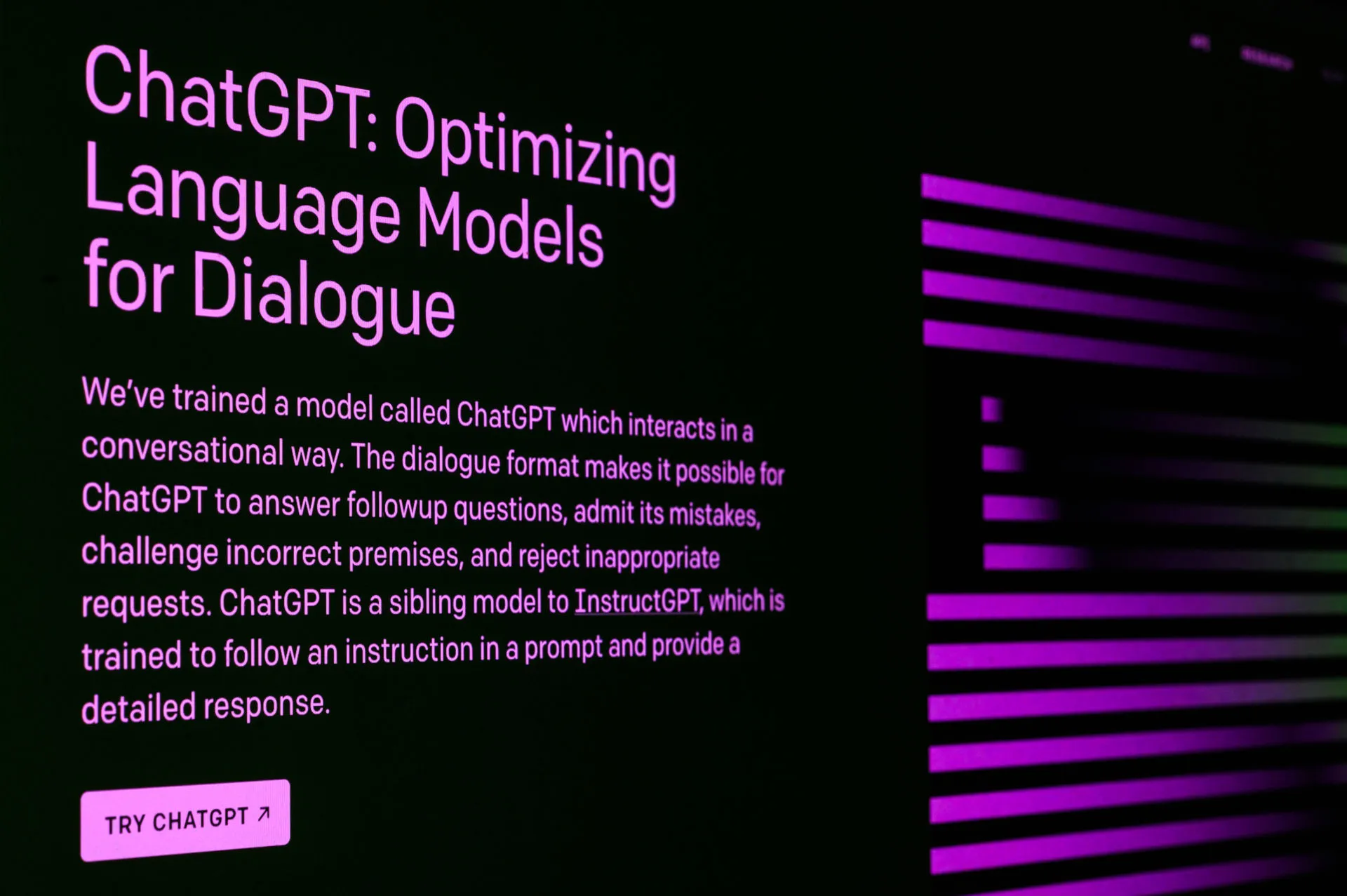Why was ChatGPT down?
Imagine the excitement as you launch ChatGPT to tackle a burning question or maybe just to lighten the mood with some witty banter. Only to be met with silence. Frustration builds as you refresh the page, only to find that ChatGPT seems to have taken an unexpected vacation. But what happened? Don’t worry; we’ve got you covered in decoding the recent ChatGPT outage that left many users feeling like they were stuck in a digital limbo.
What Happened During the Outage?
On March 12, 2024, ChatGPT underwent a significant outage, with reports stating that a staggering 91% of users faced issues accessing the service. This sudden crash sent waves of confusion and dissatisfaction throughout the community, as users flocked to Downdetector to report their connection troubles. The service, known for its innovative AI capabilities, was suddenly less accommodating, sending both users and tech enthusiasts into a frenzy.
OpenAI confirmed the chaos through their official status page, revealing that the problem stemmed from “increased latency and errors affecting both ChatGPT and APIs.” In simpler terms, the service could not keep pace with the demands of its users, leading to sluggish responses and, in some cases, absolute silence.
What Were the Reactions?
As the outage unfolded, the digital town square—formerly known as Twitter and now referred to as X—lit up with frustration and humor alike. Users took to social media to vent their frustrations, share memes, and express their confusion over why such a reliable service was suddenly underwhelming. “Is it a bug or just a really long nap?” one user joked, capturing that omnipresent feeling of technological helplessness. It’s a classic case of modern reliance on AI becoming painfully evident: we came for answers and instead got a silent treatment.
Understanding the Technical Side
So, what really goes on behind the curtain when an AI tool experiences such widespread downtimes? AI systems, especially ones as sophisticated as ChatGPT, are powered by complex algorithms and extensive databases. To function seamlessly, these systems need a constant flow of data and resources, operating like a well-oiled machine. However, when faced with unusually high traffic, network issues, hardware malfunctions, or other unexpected challenges, the wheels might start to grind.
In particular, the term “increased latency” refers to the delay before a transfer of data begins following an instruction for its transfer. As more users tried to access ChatGPT, the system struggled to respond swiftly. Instead of providing the quick repartee that users have grown accustomed to, it stumbled and delayed like a person trying to recall a fact after losing their train of thought. This leads to errors, rendering the chatbot all but useless during peak times.
OpenAI’s Response to the Outage
In times of crisis, communication is vital. OpenAI, the entity behind ChatGPT, was quick to acknowledge the dilemma. Their transparency about the situation provided a much-needed backdrop of reassurance for users. They outlined the nature of the issues they were facing and promised to work diligently to resolve them. Soon after, they confirmed that the service was back online, with the technical hiccups addressed and user experience restored to normal.
By the end of that tumultuous day, users could once again engage with ChatGPT, retrieving information and exchanging quips at lightning speed, with the official confirmation coming from multiple reliable sources, including the TOI Tech team who verified the restoration of service on both the website and mobile app.
Impact of the Outage
You might wonder: why does it matter if ChatGPT goes offline for a brief period? In our increasingly digital world, tools like ChatGPT serve not just as entertainment but also as crucial resources for knowledge and communication. They can be a lifeline for professionals in need of swift answers, students clarifying difficult concepts, or mere internet wanderers searching for a good laugh.
Hence, an outage impacts users on various levels. Those who rely on the tool for work might have faced tight deadlines and unanticipated stress. Students may have been thrown off their study schedules, and casual users might have remained in uncertainty over trivial yet engaging conversations. It’s evident: the reliance on technology isn’t merely about convenience; it has become entwined with productivity and creativity.
Conclusion: Learning from the Outage
As we step forward from this outage, it’s essential to understand not just what went wrong, but how these hiccups affect our interaction with technology. While OpenAI responded effectively, it highlights the need for continual improvement and fortified infrastructures, especially for cloud-based services. Companies must prioritize robust support systems that can handle spikes in user engagement without compromising performance.
OpenAI is already at the forefront, having integrated user feedback into their operational playbook. This mutual relationship between developers and users is vital for growth, and learning moments like this are a prime opportunity for tech firms to innovate further and deliver even better service experience to their users.
In conclusion, while outages may occasionally darken our digital doors—leaving us with the eeriness of silence—it’s vital for both companies and users to maintain patience and understanding. After all, in the chaotic sea of technology, the only constant is change, and navigating it with good humor will make the journey worthwhile.
Whether you’re chatting with a quirky AI or trying to keep tabs on your morning coffee, let’s remember that our digital companions, just like us, can slip up now and then. So, the next time you find yourself face to face with a downed ChatGPT, just chuckle, refresh, and know that improvement is a work in progress.
